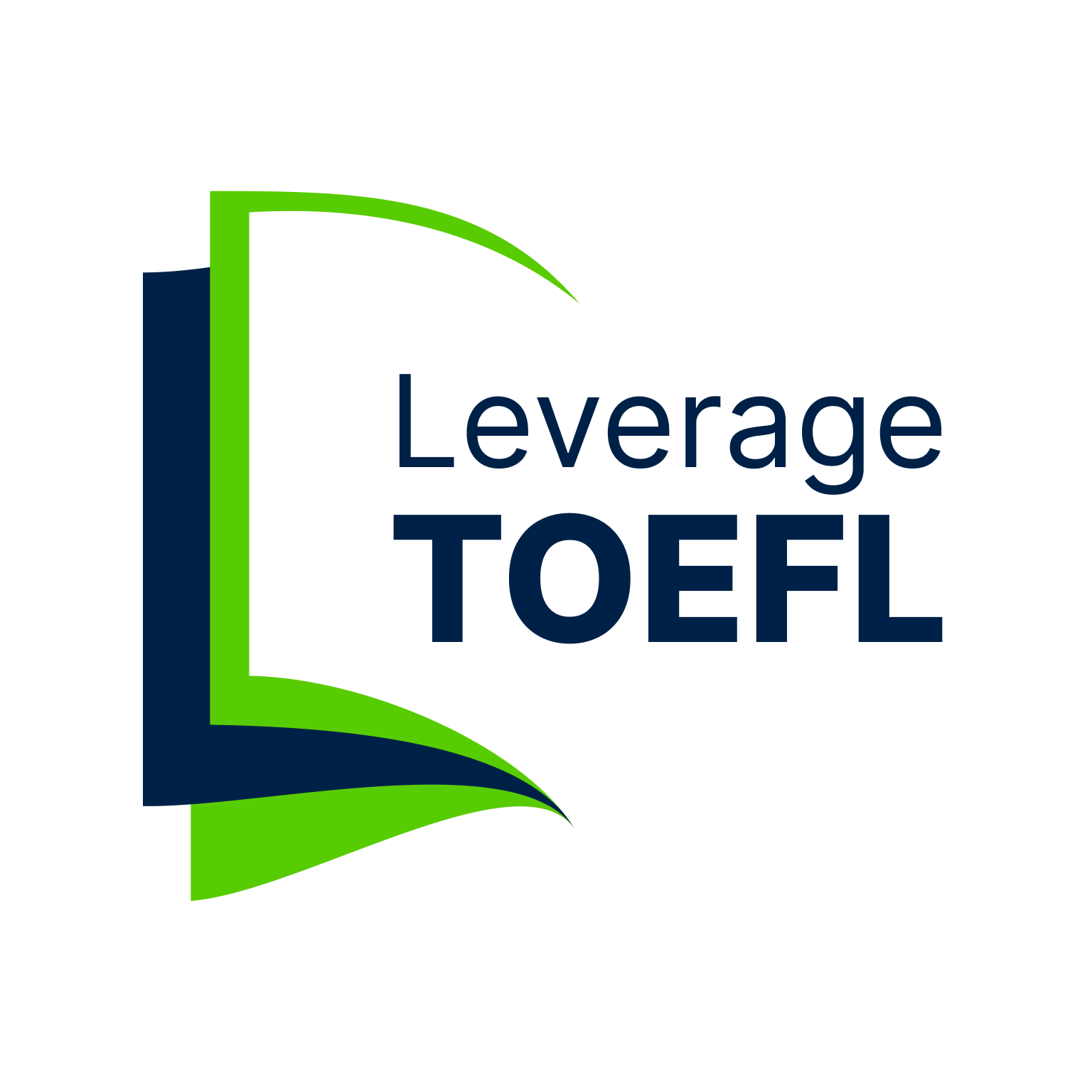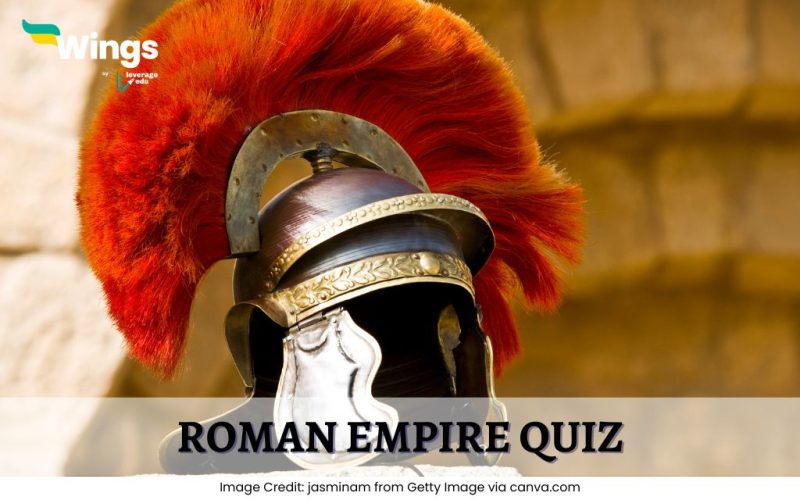The Roman Empire’s vast history, from its legendary founding to its monumental achievements, continues to captivate enthusiasts worldwide. Engaging in a Roman Empire quiz offers an insightful journey into this ancient civilization’s politics, culture, and influential figures. So, if you are seeking a comprehensive Roman Empire quiz question and answer collection, challenge your understanding of Rome’s grandeur with the following ancient Roman quiz for kids featuring tailored questions to inspire young historians like you.
This Blog Includes:
Roman Empire Quiz with Answers
Q1. Who was the first emperor of Rome?
A. Julius Caesar
B. Augustus
C. Nero
D. Caligula
Q2. Which Roman emperor famously “fiddled” while Rome burned?
A. Nero
B. Tiberius
C. Claudius
D. Domitian
Q3. What was the primary language of the Roman Empire?
A. Greek
B. Latin
C. Hebrew
D. Aramaic
Q4. Which structure was used for gladiatorial contests in Rome?
A. Pantheon
B. Colosseum
C. Forum
D. Circus Maximus
Q5. Who was assassinated on the Ides of March in 44 BCE?
A. Julius Caesar
B. Pompey
C. Mark Antony
D. Brutus
Q6. Which river flows through the city of Rome?
A. Nile
B. Tiber
C. Danube
D. Euphrates
Q7. What was the Roman Empire’s eastern capital under Emperor Constantine?
A. Alexandria
B. Antioch
C. Byzantium (Constantinople)
D. Carthage
Q8. Which Roman general defeated Hannibal in the Second Punic War?
A. Scipio Africanus
B. Marius
C. Sulla
D. Pompey
Q9. What was the primary unit of the Roman army?
A. Phalanx
B. Legion
C. Cohort
D. Century
Q10. Which Roman emperor built a massive wall across Britain?
A. Hadrian
B. Trajan
C. Nero
D. Augustus
Q11. Who was the Carthaginian general during the Second Punic War?
A. Hamilcar
B. Hannibal
C. Hasdrubal
D. Mago
Q12. Which Roman emperor made Christianity the official religion of the empire?
A. Constantine
B. Theodosius I
C. Julian
D. Valens
Q13. What was the Roman Empire’s period of relative peace called?
A. Pax Romana
B. Pax Britannica
C. Pax Augusta
D. Pax Imperia
Q14. Which Roman poet wrote the “Aeneid”?
A. Ovid
B. Horace
C. Virgil
D. Catullus
Q15. What was the name of the Roman goddess of love?
A. Venus
B. Juno
C. Minerva
D. Diana
Answers
1. B. Augustus
2. A. Nero
3. B. Latin
4. B. Colosseum
5. A. Julius Caesar
6. B. Tiber
7. C. Byzantium (Constantinople)
8. A. Scipio Africanus
9. B. Legion
10. A. Hadrian
Roman Empire Quiz for Kids
Q1. What was the main language spoken in ancient Rome?
A. Greek
B. Latin
C. English
D. French
Q2. Who was the first emperor of Rome?
A. Julius Caesar
B. Augustus
C. Nero
D. Caligula
Q3. What was the name of the Roman currency?
A. Drachma
B. Denarius
C. Sesterce
D. Aureus
Q4. Which famous amphitheater was built in Rome?
A. The Colosseum
B. The Parthenon
C. The Forum
D. The Circus Maximus
Q5. What did Roman soldiers wear on their heads?
A. Helmets
B. Crowns
C. Tiaras
D. Caps
Q6. Which numeral system did the Romans use?
A. Arabic numerals
B. Roman numerals
C. Greek numerals
D. Egyptian numerals
Q7. Who built the famous “Hadrian’s Wall” in Britain?
A. Julius Caesar
B. Hadrian
C. Augustus
D. Nero
Q8. What did the Romans use to transport water into cities?
A. Aqueducts
B. Wells
C. Tunnels
D. Bridges
Q9. Which Roman festival honored the god Saturn?
A. Lupercalia
B. Saturnalia
C. Bacchanalia
D. Floralia
Q10. What was a Roman bathhouse called?
A. Balneae
B. Domus
C. Forum
D. Basilica
Answer Key
1. B
2. B
3. B
4. A
5. A
6. B
7. B
8. A
9. B
10. A
FAQs
– The Roman Empire began in 27 BCE when Augustus (Octavian) became the first emperor, ending the Roman Republic.
– The Western Roman Empire fell in 476 CE when Emperor Romulus Augustulus was deposed. The Eastern Roman (Byzantine) Empire lasted until 1453 CE, when Constantinople fell to the Ottomans.
– Republic (509–27 BCE): A representative democracy led by elected officials (consuls, senators) and governed by laws like the Twelve Tables.
– Empire (27 BCE–476 CE): A centralised autocracy ruled by emperors. Power shifted from the Senate to a single ruler, beginning with Augustus.
The most famous Roman emperors include:
– Augustus (27 BCE–14 CE): First emperor, established imperial system.
– Trajan (98–117 CE): Expanded the empire to its greatest territorial extent.
– Hadrian (117–138 CE): Built Hadrian’s Wall and consolidated borders.
– Marcus Aurelius (161–180 CE): Philosopher-emperor, known for Meditations.
– Constantine the Great (306–337 CE): Legalised Christianity and moved the capital to Constantinople.
Multiple factors contributed to the fall of Roman empire:
– Invasions by Germanic tribes and the Huns.
– Economic collapse from overexpansion, inflation, and tax issues.
– Political instability (e.g., frequent civil wars, weak leadership).
– Military overstretch and reliance on mercenaries.
– Division into East and West (285 CE), weakening centralised control.
The major achievements of the Roman empire are:
– Engineering: Aqueducts, roads (e.g., Via Appia), and monumental architecture (Colosseum, Pantheon).
– Legal Systems: Foundations of Western law (e.g., Roman Law, Justinian’s Code).
– Language: Latin influenced modern Romance languages (Spanish, French, Italian).
– Governance: Administrative models for provinces and cities.
– Cultural Legacy: Spread of Christianity, literature (Virgil’s Aeneid), and civic infrastructure.
Interesting Reads
These Roman empire quiz questions and answer reflect common public inquiries and provide a factual overview of the Roman Empire’s history, structure, and legacy. If you want to try more fun quizzes or read informative blogs, make sure to stay tuned with Leverage Edu.

 One app for all your study abroad needs
One app for all your study abroad needs






















 45,000+ students trusted us with their dreams. Take the first step today!
45,000+ students trusted us with their dreams. Take the first step today!


